|
Illustration in Catalonia and the Balearic Islands by Doctor Cristina Correro Iglesias , Universitat Autònoma de Barcelona This article offers a brief, diachronic panorama of illustration in Catalonia and the Balearic Islands through the most iconic children’s picture books from the turn of the twentieth century to the present day. There is a long and rich tradition of children’s literature in Catalonia, but the first picture books were produced in the early twentieth century, thanks to progress in printing techniques. This new technology put pictures in the spotlight and consolidated the illustration profession. Image 1: Little Red Riding Hood (La caperutxeta vermella), by Pere Torné Esquius One of the first picture book artists was Pere Torné Esquius, who illustrated an innovative, full-colour, trilingual version of Little Red Riding Hood (La caperutxeta vermella) in 1919. The compositional freedom displayed by this artist was unprecedented. Abundant production of picture books in the first three decades of the twentieth century, from illustrators such as Joan Junceda and Lola Anglada, came to a halt due to the effects of the Spanish Civil War (1936–1939) and the most oppressive years of the Francoist dictatorship. This period was characterised by a lack of creativity and little production. What was published came in a modern format, but its content was highly conservative. Mercè Llimona – whose watercolour illustrations are soft and expressive – is an exception from this era. Image 2: Images from Tic-Tac [Tick Tock] and El meu àngel de la guarda [My Guardian Angel], by Mercè Llimona (1942) Few picture books were produced until the sixties, when illustration activity began to pick up again, as the regime became somewhat more tolerant and a new generation of illustrators emerged (Fina Rifà, Pilarín Bayés and Enrica Casadamont, to name a few). Their work was closely linked to educational reform movements. In the period spanning the Spanish transition to democracy and the eighties, picture book production quickly began to recover, and many institutions dealing with children’s books were created, such as IBBY in 1984. What is more, a new generation of artists – including Joma, Montse Ginesta, Roser Capdevila and Maria Rius – worked alongside their predecessors. Carme Solé Vendrell is one of the most productive, versatile illustrators from this time. Her picture books contain a significant streak of social activism and cover controversial issues. Image 3: La croada dels nens [The Children’s Crusade] and Magenta, by Carme Solé Vendrell (2003) As the new millennium arrived, picture books became the omnipresent genre, thanks to a sophisticated production process and bold creative styles. This generation includes Arnal Ballester, whose daring graphic style sits somewhere between abstraction and constructivism, and Pep Montserrat, whose pictorial world is littered with visual metaphors. Image 4: No tinc paraules [I Have No Words], by Arnal Ballester (1998), and Blancaneu (Snow White), illustrated by Pep Montserrat (2002) Today, picture books cover a wide range of themes. For the first time, we are seeing a boom in realist picture books with a significant social aspect that reflect contemporary society’s new values. Social diversity, the environment, migration and xenophobia are all represented through various styles and techniques. This occurs in Noms robats [Stolen Names], by Tàssies, where the drawings, colours and linocut technique are used to portray the theme of bullying, and in Mallko y papá [Mallko and Dad], by Gusti, where the illustrator uses a mixture of techniques and styles to express his experience as the father of a child with Down’s syndrome through pictures. Image 5: Noms robats [Stolen Names], by Tàssies (2010), and Malko y Papá [Mallko and Dad], by Gusti (2014) Another feature of picture books in the new millennium is their increased narrative complexity: polyphony is provided by a textual narrator and a visual narrator. This is a device used by artists like Ignasi Blanch, whose visual language is delicate and versatile, and the duo consisting of Meritxell Martí and Xavier Salomó, who have proven able to create polyphonic wordless books, pop-up books and wimmelbooks of excellent aesthetic and literary quality. Image 6: Podries [You Could], by Joana Raspall, illustrated by Ignasi Blanch (2017), and Sota les onades [Under the Waves], by Meritxell Martí, illustrated by Xavier Salomó (2019) And the styles of these publications are just as varied as their themes. Illustrators like Albert Asensio and Bernat Cormand are minimalists, with a precise, sensitive technique, while others are more humorous and favour nonsense through dynamic forms, such as Marta Altés, David Pintor and Rocio Bonilla. Then there are those who make the most of new technologies and digital techniques, like Imapla. Finally, illustrators like Mercè Galí and Emilia Lang create artist’s books that contain artisanal, highly experimental proposals. Image 7: El banc blau [The Blue Bench], by Albert Asensio (2016), and Els dies feliços [The Happy Days], by Bernat Cormand (2019) Image 8: Image from Avis, piranyes i altres històries [Grandparents, Piranhas and Other Stories], by Rocio Bonilla (2020), Barcelona, by David Pintor (2016), and Cinc minuts més [Five More Minutes], by Marta Altés (2020) Image 9: Petit indi [Little Indian], by Mercè Galí, and Gnoma, by Emilia Lang/Pea Green Boat Informative and non-fiction picture books have also found a space in this field and are becoming increasingly popular. Some of the best-known artists in this area are Jordi Vila Delclòs, who can create highly realistic settings and scenery through his masterful control of space, and Mallorcan illustrator Aina Bestard, whose proposals are unique and play with transparencies and materiality. Image 10: Roma [Rome], by Jordi Vila Delclòs (2013), and Naixements bestials [Beastly Births], by Aina Bestard (2018)
These artists’ skill has attracted international recognition, and Barcelona continues to be an epicentre of publishing, despite the effects of the current crisis. Of course, this summary is far from exhaustive. Many other names could have been mentioned. But the aim here was to focus on the most innovative names that best exemplify the vitality and creativity characteristic of illustration in Catalonia and the Balearic Islands. Links to the artists mentioned: https://www.museunacional.cat/en/pere-torne-esquius-0 https://trencadis.diba.cat/Trencadis/imgview/trencadis/diba132797?contentFlg=0 https://www.bnc.cat/MerceLlimona/tictac.html http://www.bnc.cat/MerceLlimona/images/angel_grande.jpg https://www.finarifa.com/esbioexpos.html https://www.carmesolevendrell.com/?lang=en http://www.arnalballester.com/en/ http://pepmontserrat.com http://www.tassies.cat/bio.html?lang=eng https://www.facebook.com/gustillimpi https://www.instagram.com/blanchignasi/?hl=es http://www.xaviersalomo.com/curriculum_cast.htm http://www.albertasensio.com https://en.bernatcormand.com/ https://www.rociobonilla.com https://www.davidpintor.com https://marta-altes.com/About https://mercegali.com https://www.peagreenboat.es https://www.jordiviladelclos.com/copia-de-inici-1 https://ainabestard.com
2 Comments
|
past digital issuesAugust 2021
May 2021 February 2021 November 2020 August 2020 May 2020 February 2020 November 2019 August 2019 May 2019 past pdf issuesSpring 2017 |
|
The United States Board on Books for Young People
The U.S. National Section of International Board on Books for Young People
Building Bridges Through Children's and Young Adult Books |
Contact Us
USBBY Secretariat
Center for Teaching through Children´s Books National Louis University 1000 Capitol Drive Wheeling, IL 60090 USA Junko Yokota, Executive Director [email protected] |
Connect With Us
© COPYRIGHT 2024.
ALL RIGHTS RESERVED. |

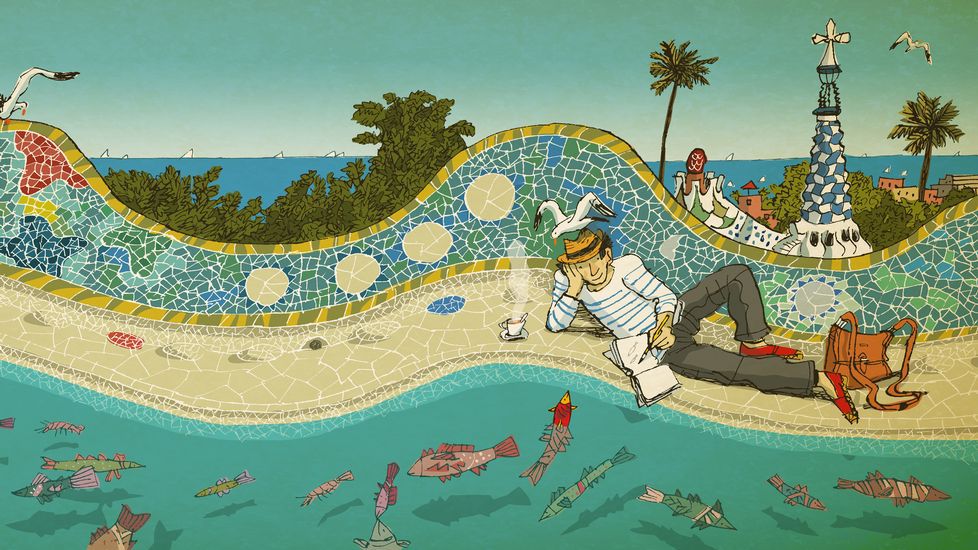
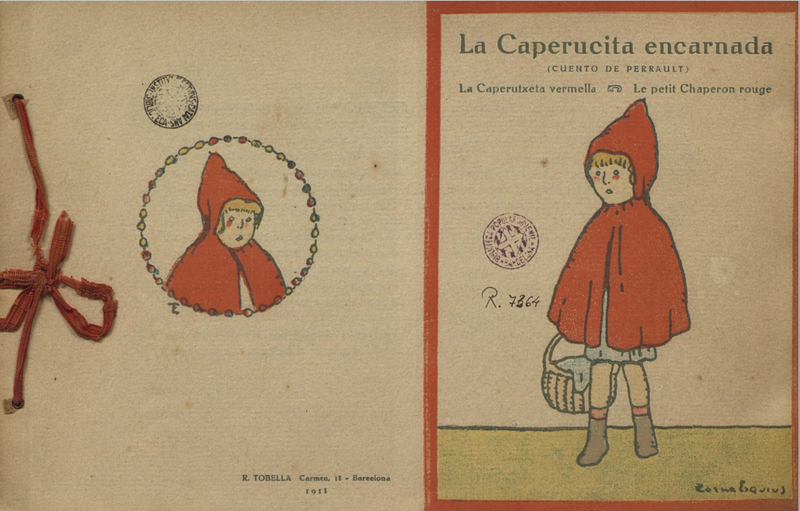
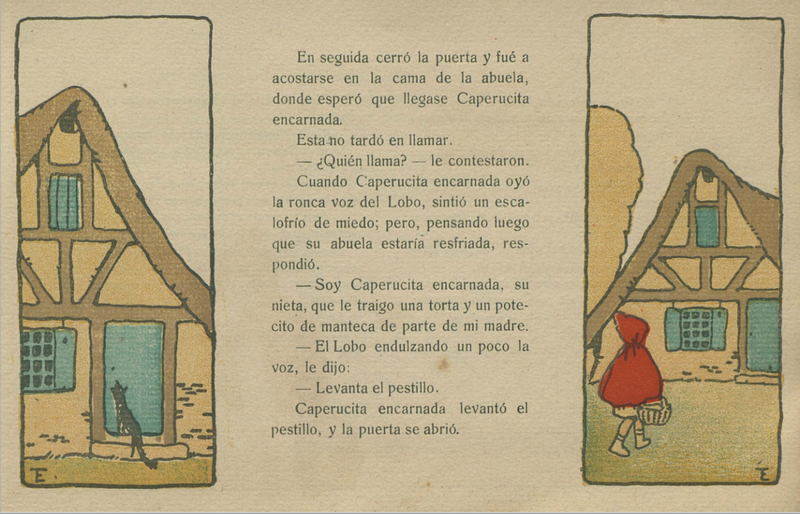
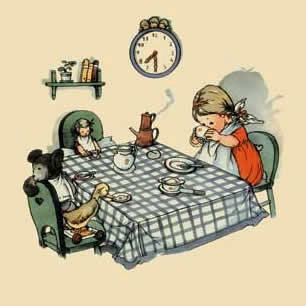
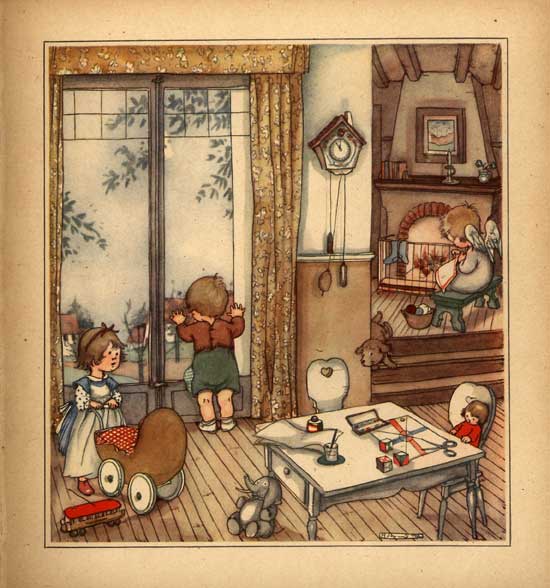
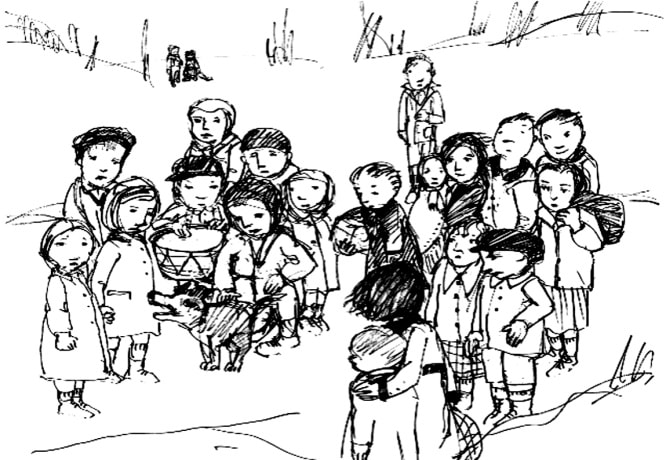
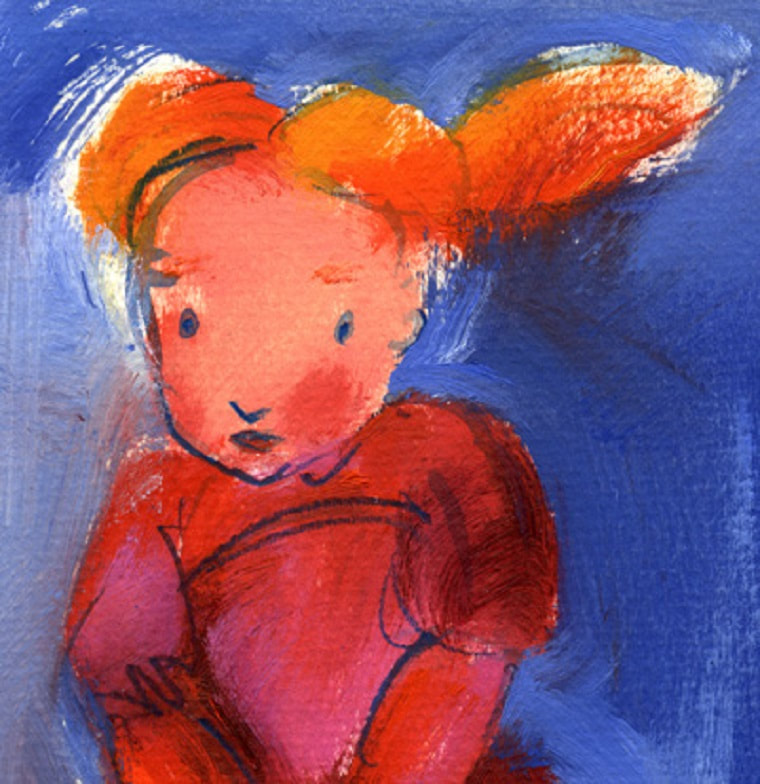
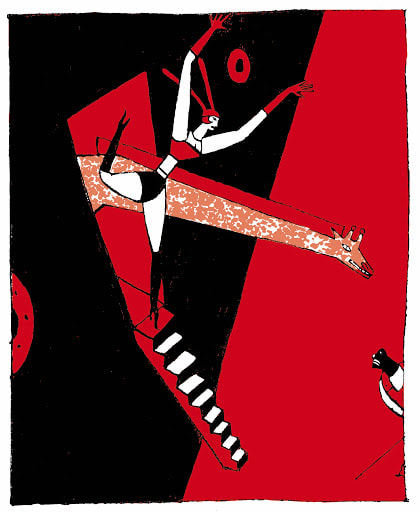
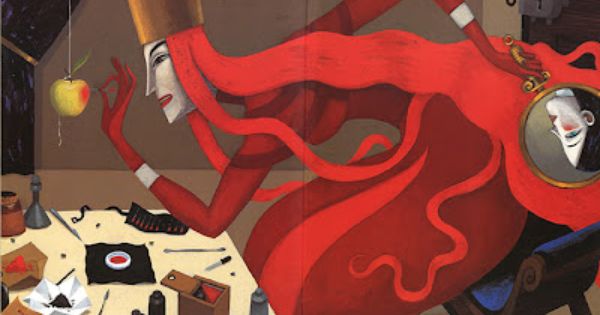
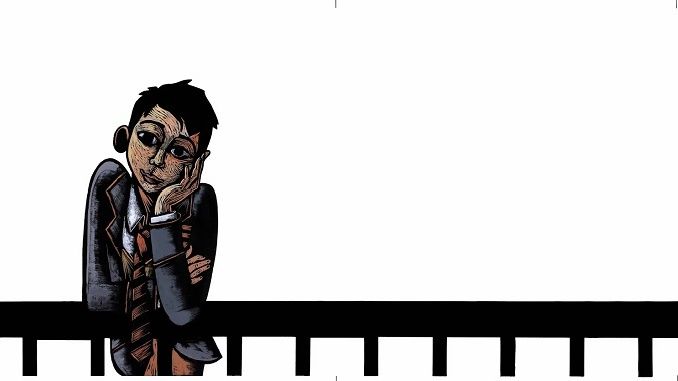
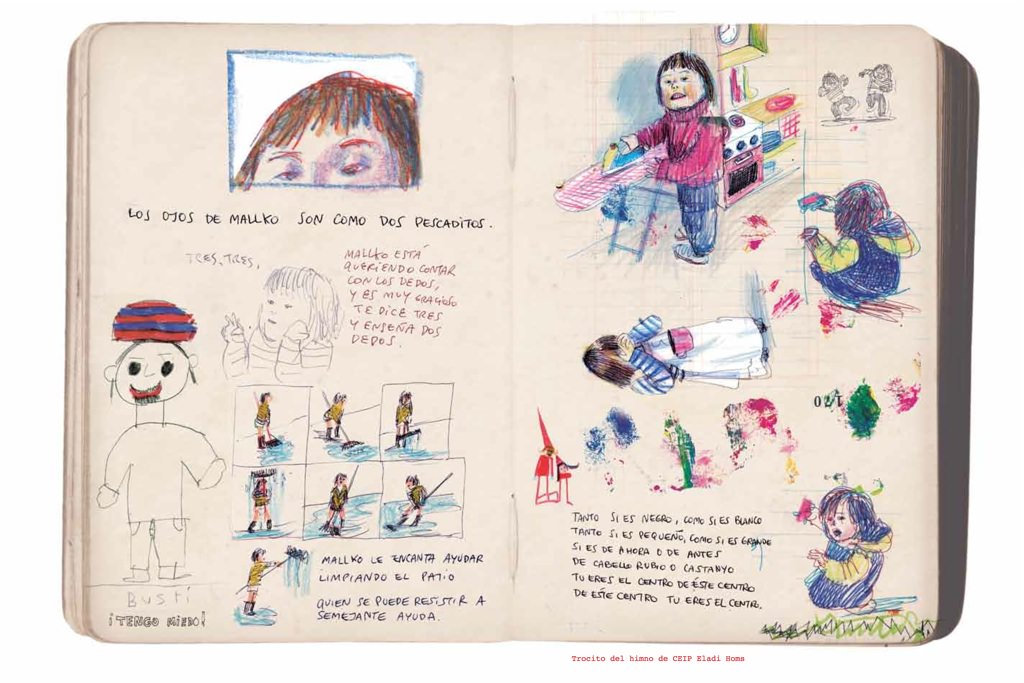
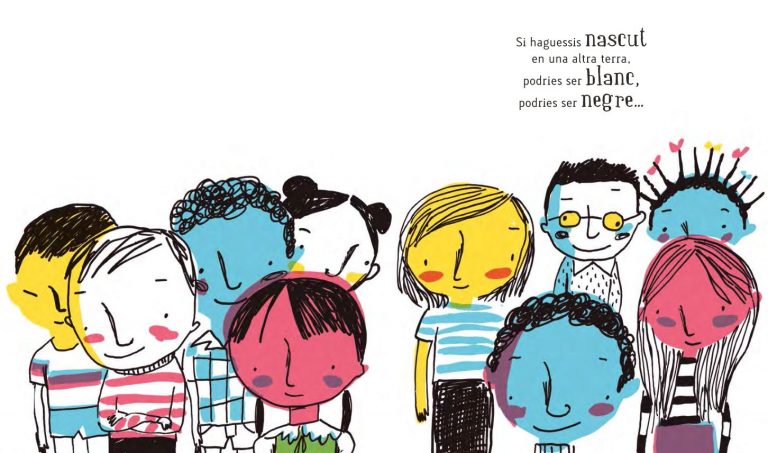
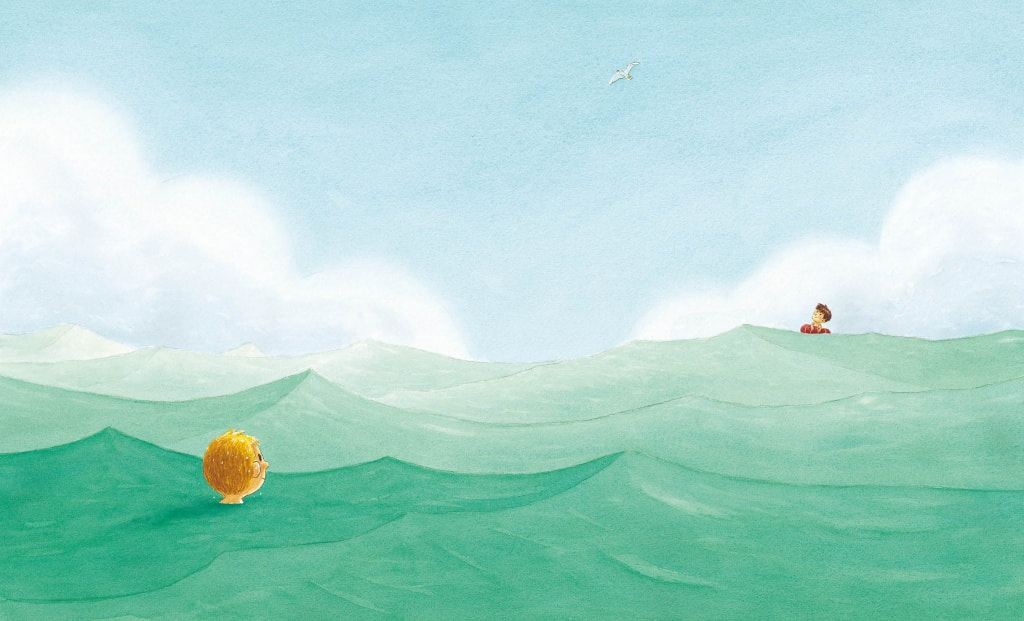

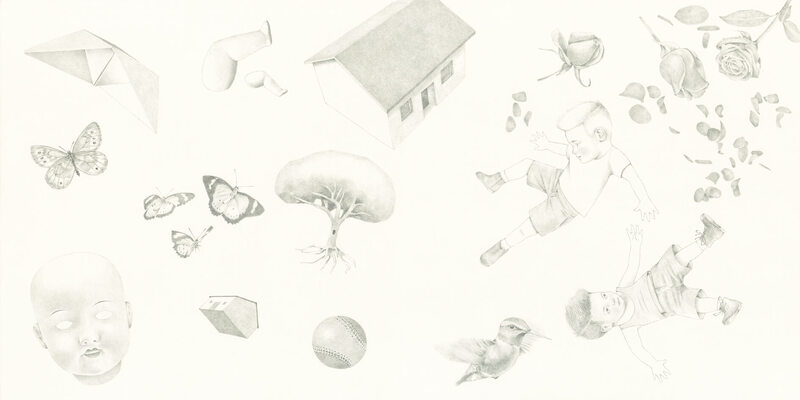
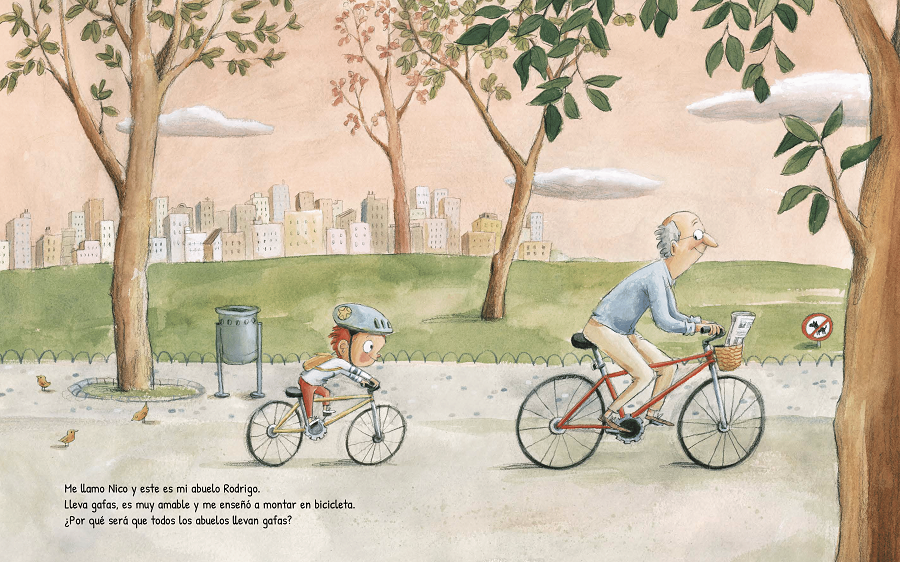
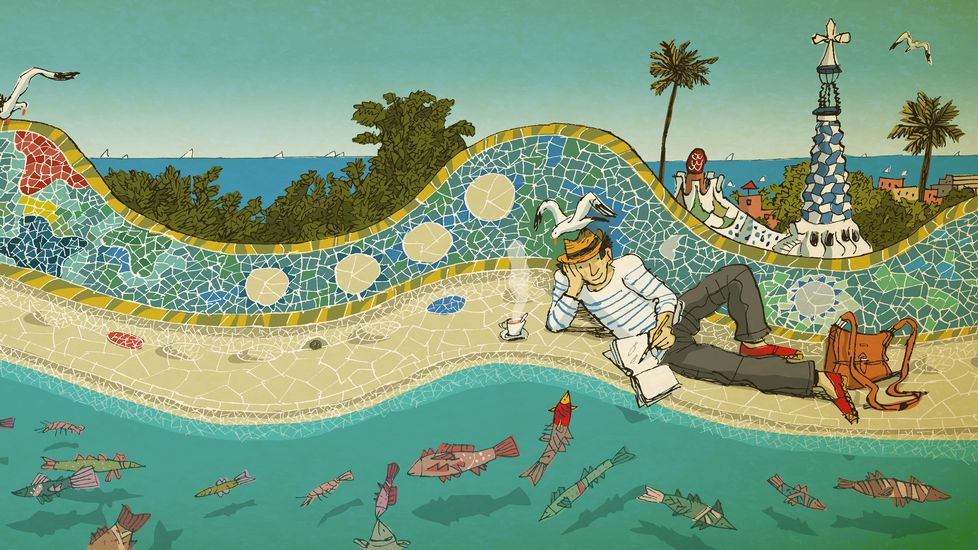
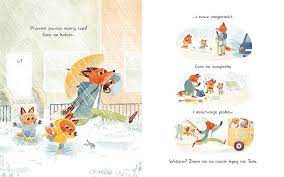
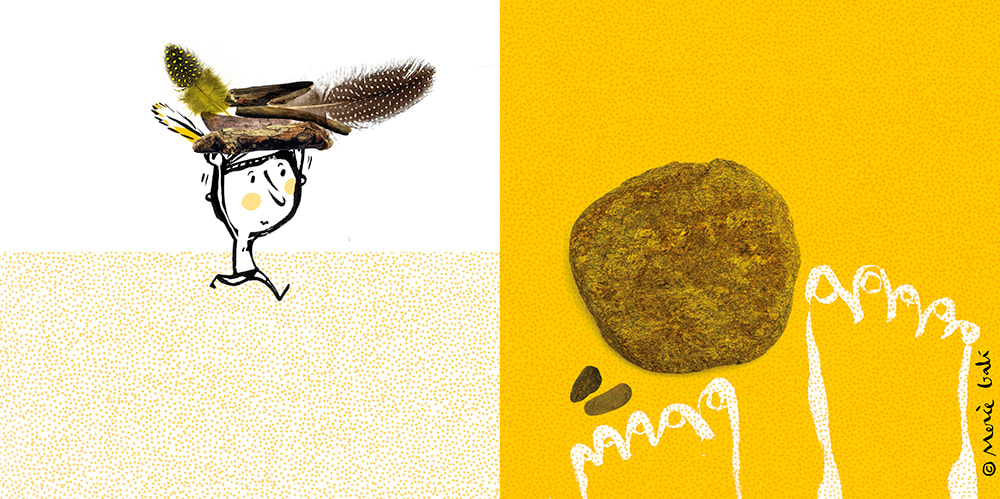
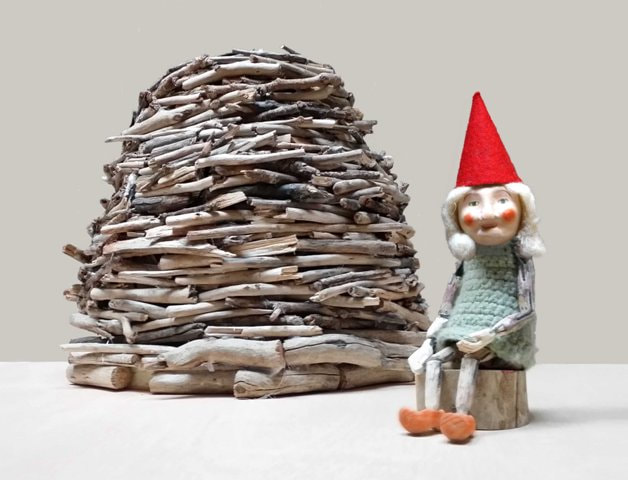


 RSS Feed
RSS Feed